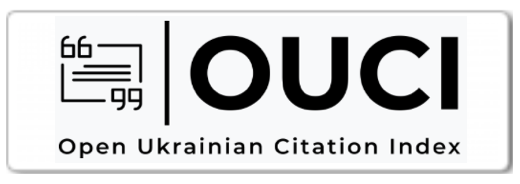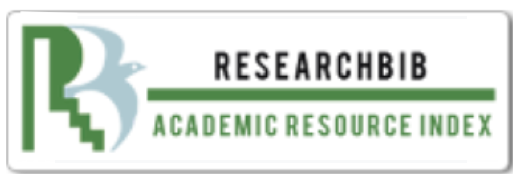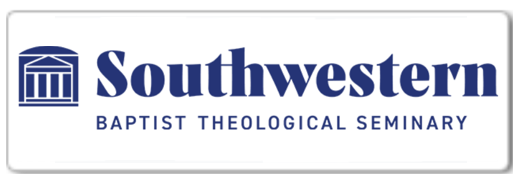ENHANCING CORPORATE BANKRUPTCY PREDICTION MODELS: A COMPREHENSIVE ANALYSIS WITH EVIDENCE FROM THE EGYPTIAN STOCK MARKET
Main Article Content
Mahmoud Elsayed Mahmoud
Taufiq Arifin
Neng dilla Aprilianto
Accurately predicting corporate bankruptcy and financial failure is crucial for financial institutions, creditors, and other stakeholders engaged in credit transactions. This study investigates the effectiveness of accrual-based, cash flow-based, and hybrid models in predicting financial distress among companies listed on the Egyptian stock market. Utilizing Multiple Discriminant Analysis (MDA), the research develops three predictive models, each based on different sets of financial ratios. The cash flow-based model correctly classified 90.0% of original cases, while the accrual-based model demonstrated higher accuracy with a 96.7% classification rate. However, the hybrid model, which integrates both accrual and cash flow ratios, outperformed both, achieving a perfect 100% classification accuracy. These findings suggest that hybrid models provide superior predictive accuracy, offering a more comprehensive early warning system for bankruptcy. The study’s primary limitation is its small sample size, which may affect the generalizability of the results. Future research should consider expanding the dataset and including a more diverse range of companies to enhance the robustness and applicability of the findings.
Alareeni, B. (2019). Review of auditors’ going concern opinions (GCOs) and statistical prediction models. International Journal of Business Ethics.
Alothaim, R. (2019). Financial failure prediction using financial ratios: An empirical application on the Saudi Stock Exchange. Research Journal of Finance and Accounting.
Al Sharawi, H. H. M. (2020). Earnings versus cash flows in predicting future cash flows: Evidence from Egypt and KSA. Alexandria Journal of Accounting Research, 5(1), 1–12.
Al-Shukr, A. M. (2022). Using cash flow models to forecast financial failure and bankruptcy: An applied study in a number of companies listed on the Iraqi Stock Exchange. Journal of Riyada for Finance and Business, 3(4), 1–20.
Amal. (2020). How much the cash flow statement participates in predicting financial failure. Alexandria University Journal of Accounting and Business Studies.
Anan, A. H. A. M. (2020). The contribution of cash flow statement in enhancing predictive accuracy of financial distress prediction models: An empirical study. Journal of Financial Prediction Models, 15(3), 45–58.
Bhandari, S., & Showers, V. (2019). A comparison: Accrual versus cash flow-based financial measures’ performance in predicting business failure. Journal of Accounting and Finance.
du Jardin, P., Veganzones, D., & Séverin, E. (2019). Forecasting corporate bankruptcy using accrual-based models. Computational Economics, 54(1), 7–43. https://doi.org/10.1007/s10614-017-9681-9
Ishmah, H., Solimun, & Mitakda, M. B. T. (2021). Multiple discriminant analysis Altman Z-score, multiple discriminant analysis stepwise, and K-means cluster for classification of financial distress status in manufacturing companies listed on the Indonesia Stock Exchange in 2019. Alexandria Journal of Accounting and Business Studies, 5(1), 13–25.
Karas, M., & Režňáková, M. (2020). Cash flow indicators in the prediction of financial distress. Inzinerine Ekonomika-Engineering Economics, 31(5), 525–535. https://doi.org/10.5755/j01.ee.31.5.25202
Kasnawati, I. (2020). Corporate bankruptcy prediction models: Study in property and real estate companies listed on the Indonesia Stock Exchange. Journal of Financial Prediction Models, 15(3), 67–89.
Mohammed, R. M. (2022). Accrual accounting basis and cash flow future. Journal of Global Economics and Business.
Purwanti, T., Hasan, S. W., Falah, M. U., & Hermuningsih, S. (2024). Liquidity, profitability, and solvency: Comparative analysis of financial performance. International Journal of Accounting, Management, Economics and Social Sciences (IJAMESC), 2(1), 198. https://doi.org/10.61990/ijamesc.v2i1.159
Rizzo, A. (2020). Bankruptcy prediction: A model based on cash flow ratios: Evidence from selected European countries. International Journal of Business Administration, 20(1), 33–45.
Saleh, M. M. A. (2021). Predicting fraudulent financial statements using fraud detection models. Academy of Strategic Management Journal, 20(Special Issue 3), 1–15. https://doi.org/1939-6104-20-S3-002
Sari, K. R., Martini, R., Almira, N., Hartati, S., & Husin, F. (2022). Prediction of bankruptcy risk using financial distress analysis. Golden Ratio of Finance Management, 2(2). https://doi.org/10.52970/grfm.v2i2.127
Silvana, A. (2020). Financial statement ratio analysis to predict bankruptcy in companies registered on the BEI - Jakarta. Hasanuddin Economics and Business Review, 3(3), 122–127.
Thomas, G. N., & Indriaty, L. (2020). Analysis of bankruptcy prediction models in determining bankruptcy of consumer goods companies in Indonesia. International Journal of Psychosocial Rehabilitation, 24(6), 1–20. ISSN: 1475-7192.
Toudas, K., Archontakis, S., & Boufounou, P. (2024). Corporate bankruptcy prediction models: A comparative study for the construction sector in Greece. Computation, 12(1), 9. https://doi.org/10.3390/computation12010009
Zabda, K. (2021). Predicting financial failure using financial indicators: An applied study on service sector companies listed on the Palestine Stock Exchange. Journal of Arab American University Research, 7(34). , 1–22.






































